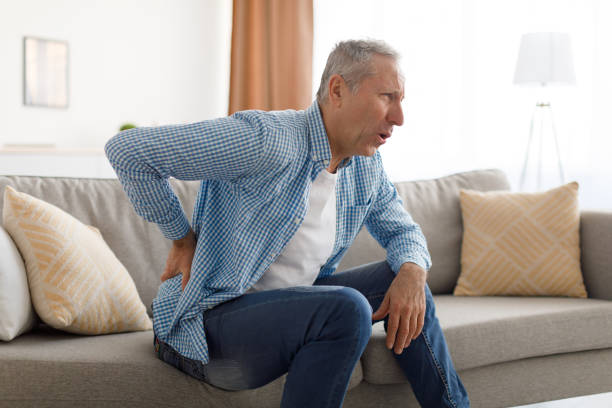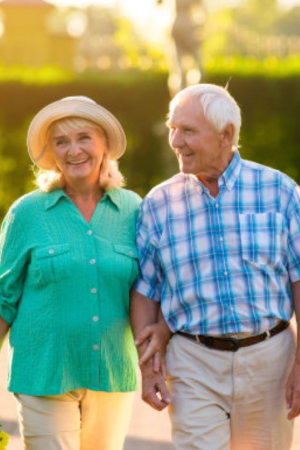
It happens to everyone past a certain age.We get out of bed one morning and the spring in our step is gone and replaced by aches and pains that were not there the day before.We notice after engaging in physical activities that muscle soreness no longer comes and goes but lingers on or becomes a source of constant pain.It is an inescapable fact that aging will take a toll on our muscles and bones but growing older does not have to be painful if you know how to better manage age-related changes to your body.Why Aches and Pains HappenLoss of muscle tone and bone strength does not happen overnight.
It occurs sooner than you think, often in your 30s and 40s.The decline is gradual, occurring slower for some people and quicker for others depending upon various lifestyle factors.As you approach your senior years, aches and pains tend to increase as wear-and-tear to tendons and ligaments cause them to lose their strength and elasticity.The most common aches and pains associated with aging involve the neck, knees, hips, and lower back.Many of the causes of age-related aches and pains are preventable.
As people grow older, a lot of them gravitate to a more sedentary lifestyle that accelerates the loss of bone density and muscle flexibility.They eat poorly, struggle with obesity, and rarely if ever exercise.They might like to place the blame on growing older, but their unhealthy behaviors and lifestyle choices are the real reasons why they suffer from chronic aches and pain.Be Proactive About ExerciseEntering your senior years does not mean you have to slow down.
In fact, medical experts agree this is the best time to speed up and invest more time in health-related activities.Because your body will naturally deteriorate due to the natural process of aging, it is essential to be more physically active.Healthy older adults are encouraged to spend about 150 minutes a week on moderate aerobic type exercises or activities each week to maintain their bodys resilience.Staying physically fit during your senior years does not mean becoming a gym rat.
It can involve fun, safe activities such as taking long, brisk walks or biking in the park.Swimming and water aerobics render significant health benefits.Hiking, dancing, and engaging regularly in a sports activity of choice can strengthen your cardiovascular system.
It does not matter what activity you choose, but it is important to adopt a mindset of putting more time and effort into being and staying as healthy as possible.Stay Fit, Stay HealthyNot everyone has the ability or physical condition to participate in rigorous activities, but there are things you can do to minimize the risks of age-related aches and pain that include the following:Bend and stretch.If you cannot get out of the house to exercise, perform bending and stretching exercises at home.Doing this for 30 minutes a day can help improve your range of motion and relieve stiffness.Sit and stand.Standing up from a chair without using your hands is a gentle exercise anyone can do in the comfort of their home.Doing three sets of 10 sit and stand exercises a day can help promote your strength, mobility, and balance things that can help you to continue to live independently.Resistance bands.Resistance bands are an excellent and safe way of building and toning muscles.
They are inexpensive, available at most major retailers, and a terrific way for someone to exercise on a budget.They can provide the same benefits as working with weights but without the same risks of injury.Knee-to-chest stretches.This is a simple yet beneficial exercise for seniors to perform.All you need to do is lie flat on the floor with your feet extended.
Bring your right knee to your chest slowly and grasp the back of your thigh and hold that position for about 20 seconds.Switch and repeat the exercise with your left leg.Try to do these exercises until you can do each leg ten times.Step up, step down.Walking up and down a flight of stairs can be a great exercise to perform at home, but it can also be dangerous for seniors with mobility issues.
A better way to get the same benefits more safely is by using just one bottom step.With your shoes on, simple step up and step down the stair step.Do this 20 times, rest and repeat once.
This exercise will strengthen your legs and joints and promote your agility and balance.You can lead an active, healthy life well into your senior years and avoid many of the aches and pain associated with aging by exercising regularly, eating right, and making smart lifestyle choices.Being active may give you occasional sore muscles here or there, but you will recover quickly so that you can continue enjoying life to the fullest.
Publisher: Senior Caregivers ( Read More )

